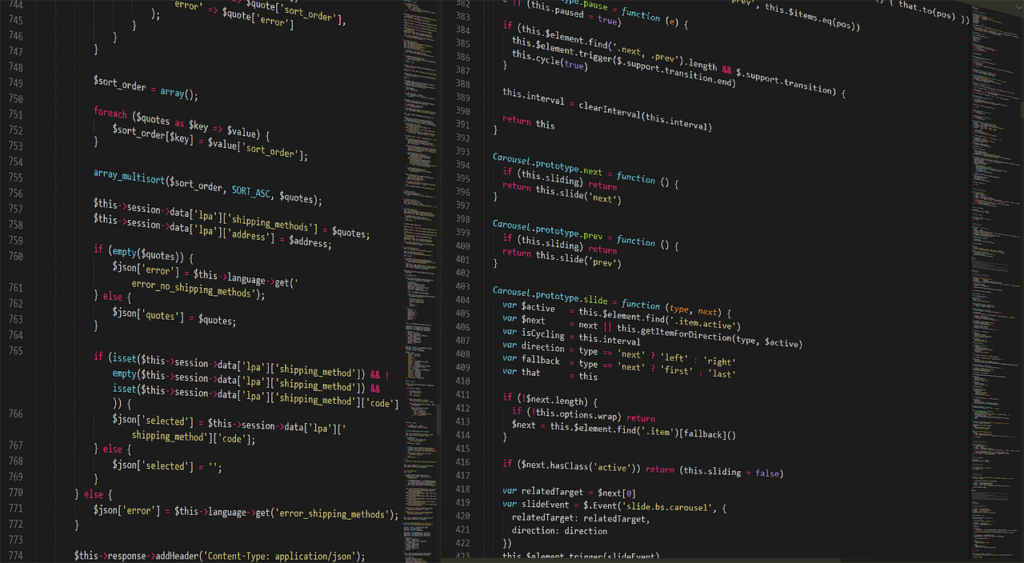Freelancing has become an increasingly popular career option in recent years, offering flexibility, independence, and the ability to work on projects you’re passionate about. However, getting started as a freelancer can be overwhelming, especially if you’re not sure where to begin. Here’s a step-by-step guide to learning freelancing and launching your freelance career:
Step 1
Identify your skills and services: The first step to becoming a successful freelancer is to identify your skills and the services you can offer. Think about your past work experience, your hobbies and interests, and any certifications or qualifications you have. This will help you determine what services you can offer as a freelancer.
Step 2
Choose your niche: Once you’ve identified your skills and services, the next step is to choose a niche. A niche is a specific area of expertise within your field that you specialize in. For example, if you’re a graphic designer, you might specialize in designing logos or creating social media graphics.
Step 3
Build your portfolio: Your portfolio is a collection of your best work samples that showcase your skills and experience. Building a portfolio is crucial for freelancers as it allows potential clients to see your work and get a sense of your style and capabilities. You can create a portfolio website, use a platform like Behance or Dribbble, or simply create a PDF document.
Step 4
Set your rates: Setting your rates is an important step in freelancing as it determines how much you will be paid for your services. Research industry rates and consider your level of experience and expertise when setting your rates.
Step 5
Find clients: Finding clients is the next step in freelancing. You can find clients through networking, job boards, social media, or by reaching out to businesses directly. Building relationships with clients and delivering high-quality work is key to growing your freelance business.
Step 6
Manage your projects: Managing your projects involves communicating with clients, setting deadlines, and delivering high-quality work. Use project management tools like Trello or Asana to stay organized and on track.
Step 7
Grow your business: As you gain experience and build your reputation as a freelancer, you can start to grow your business by increasing your rates, expanding your services, and building a team of freelancers to work with.
In conclusion, learning freelancing is a process that takes time and effort, but it can be a rewarding and fulfilling career path. By following these steps and staying focused on delivering high-quality work, you can build a successful freelance business and achieve your professional goals.




